Life
Sign up for our newsletter
We summarize the week's scientific breakthroughs every Thursday.
-
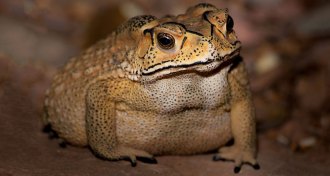 Ecosystems
EcosystemsMadagascar’s predators are probably vulnerable to toxic toads
The Asian common toad, an invasive species in Madagascar, produces a toxin in its skin that’s probably toxic to most of the island’s predators.
-
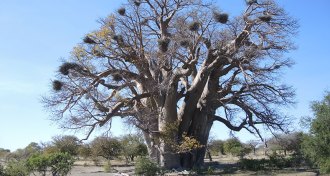 Plants
PlantsThe most ancient African baobabs are dying and no one knows why
Scientists aren’t sure what’s killing the oldest African baobabs, nine of which have lost big chunks or died in the last 13 years.
By Susan Milius -
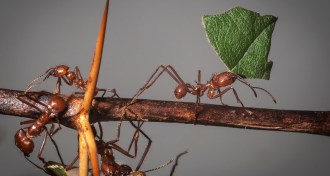 Animals
AnimalsLeaf-cutter ants pick up the pace when they sense rain
Leaf-cutter ants struggle to carry wet leaves, so they run to avoid rain.
By Yao-Hua Law -
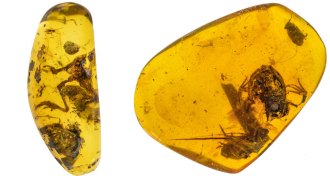 Paleontology
PaleontologyThese newfound frogs have been trapped in amber for 99 million years
Trapped in amber, 99-million-year-old frog fossils reveal the amphibians lived in a wet, tropical climate.
-
 Humans
HumansWhat I actually learned about my family after trying 5 DNA ancestry tests
Ancestry results vary widely depending on which company you use.
-
 Genetics
GeneticsDNA testing can bring families together, but gives mixed answers on ethnicity
DNA testing has become a new way for millions of Americans to expand their family trees and learn something about themselves, but results vary widely.
-
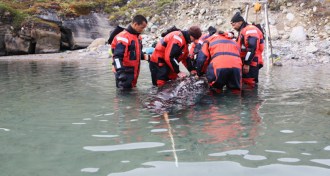 Animals
AnimalsHere’s what narwhals sound like underwater
Scientists eavesdropped while narwhals clicked and buzzed. The work could help pinpoint how the whales may react to more human noise in the Arctic.
-
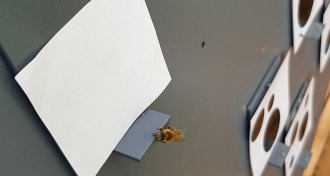 Animals
AnimalsBees join an exclusive crew of animals that get the concept of zero
Honeybees can pass a test of ranking ‘nothing’ as less than one.
By Susan Milius -
 Genetics
GeneticsWhy using genetic genealogy to solve crimes could pose problems
Rules governing how police can use DNA searches in genealogy databases aren’t clear, raising civil rights and privacy concerns.
-
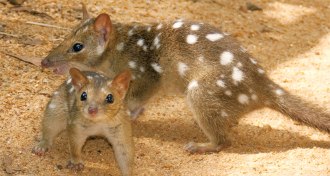 Animals
AnimalsIn a conservation catch-22, efforts to save quolls might endanger them
After 13 generations isolated from predators, the endangered northern quoll lost its fear of them.
-
 Health & Medicine
Health & MedicineAt-home telomere testing is not a reliable marker of aging, researcher says
Telomere testing for consumers offers a poor measure of “biological age,” says Johns Hopkins oncologist Mary Armanios.
-
 Life
LifeDogs carry a surprising variety of flu viruses
Dogs in China carry a wider variety of flu viruses than previously thought, and may be capable of passing the flu to humans.